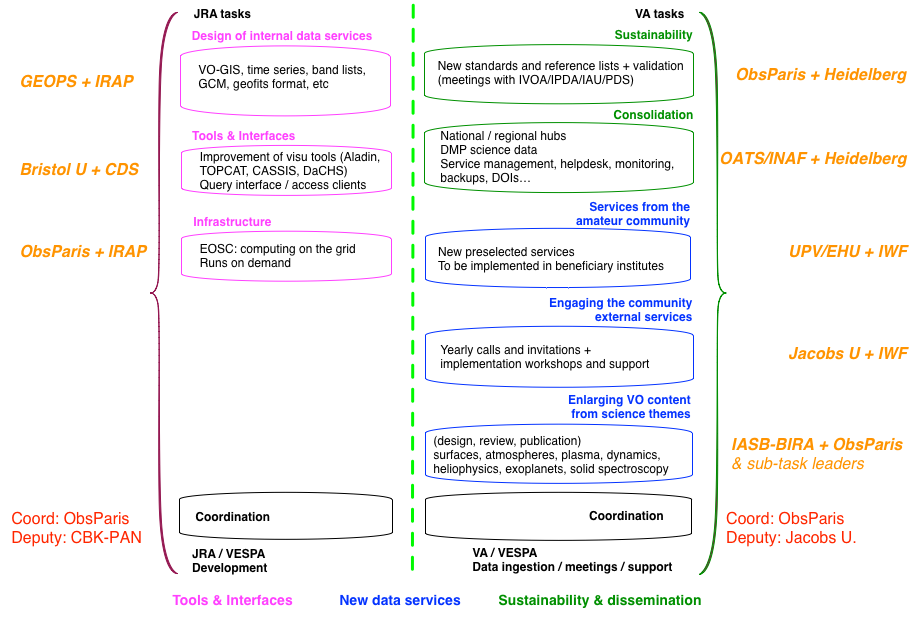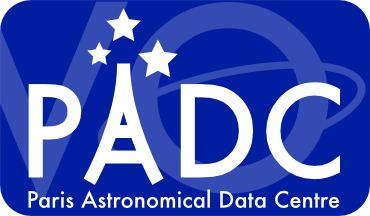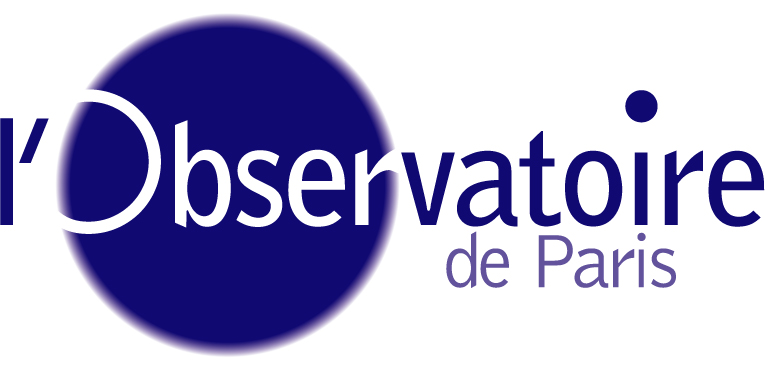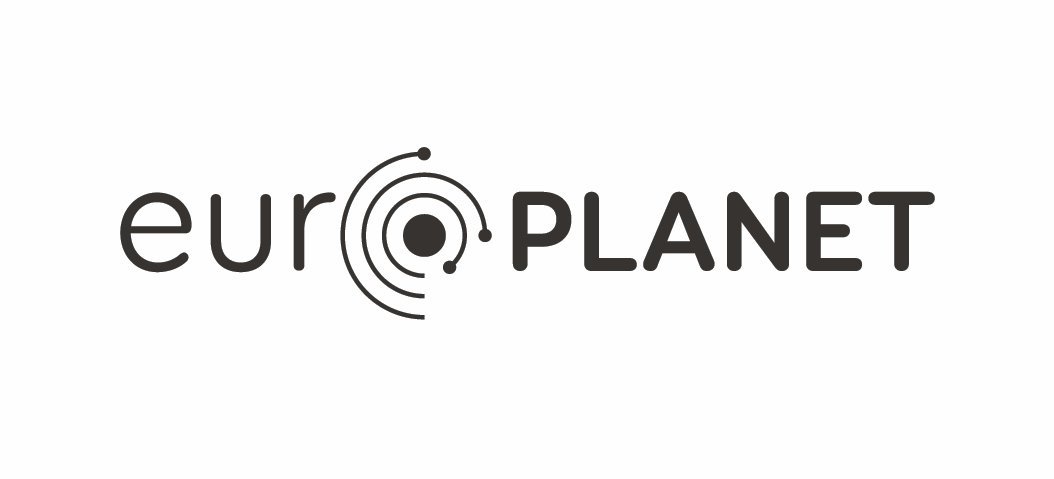VESPA Europlanet-2024 / Activity
VESPA activity is organised in 2 Work Packages and several tasks:

VESPA will distribute data from other activities in Europlanet-2024
| SPIDER | Services to model planetary environments and solar wind interactions |
| GMAP | Tools and services for geological mapping of Solar System bodies |
| Machine Learning | ML tools based on science cases submitted by the planetary science community |
| Europlanet Telescope Network | Network of small telescope facilities to react fast and effectively to observational alerts |
| Transnational Access | Access to 24 distributed planetary laboratory facilities, and to 5 planetary field analogues |
Further information
| Europlanet 2024 deliverables | Deliverables from all Europlanet Work Packages |
| OpenPlanetary organisation | Includes a forum about digital activities in Planetary Science |
Credits
If your research benefits from the use of VESPA, we would appreciate if you could include the following acknowledgement and reference in your publication:
"This research has made use of the VESPA portal and services (https://vespa.obspm.fr) funded by European Union's under grant agreement No 871149"
VESPA: A community-driven Virtual Observatory in Planetary Science. Erard S et al., 2018. doi: 10.1016/j.pss.2017.05.013
Please also acknowledge the original data providers.
Except where explicitly mentioned, data are distributed under Etalab Open License 2.0 (compliant with CC-BY 2.0 license).
The Europlanet 2024 Research Infrastructure project has received funding from the European Union's Horizon 2020 research and innovation programme under grant agreement No 871149.
The Europlanet 2020 Research Infrastructure project has received funding from the European Union's Horizon 2020 research and innovation programme under grant agreement No 654208.
This work used the EGI Infrastructure with the dedicated support of IN2P3-IRES and CESNET-MCC.
VESPA has first been designed in the frame of Europlanet-RI JRA4 work package (IDIS activity).
Additional funding was provided in France by the Action Spécifique Observatoire Virtuel and Programme National de Planétologie / INSU.
 |

|  |
 |

